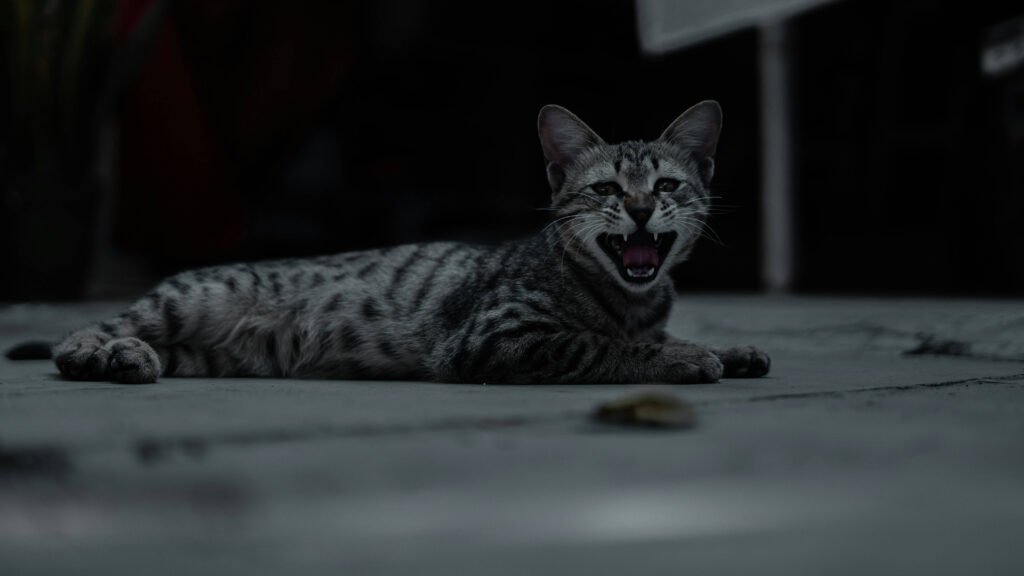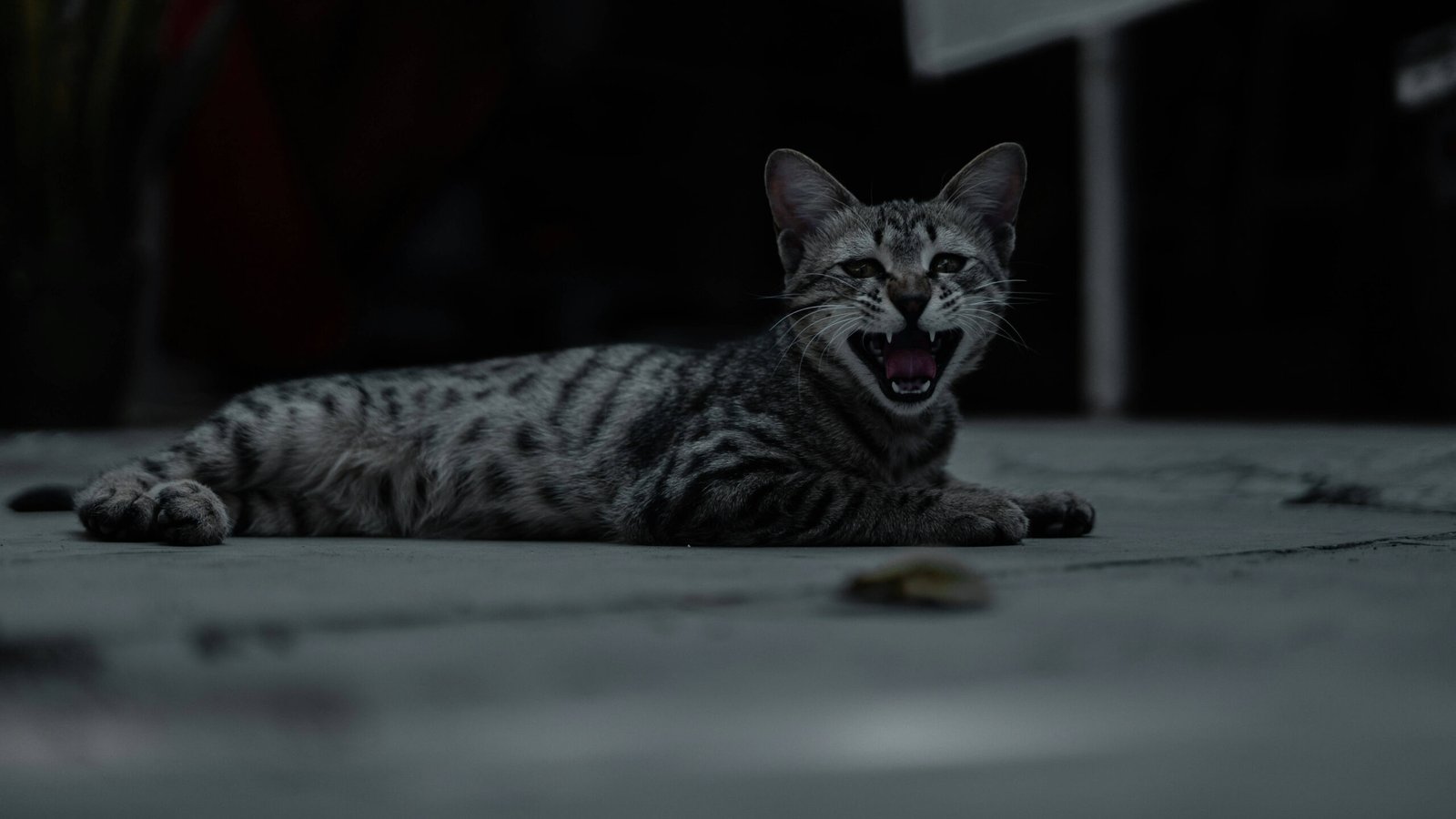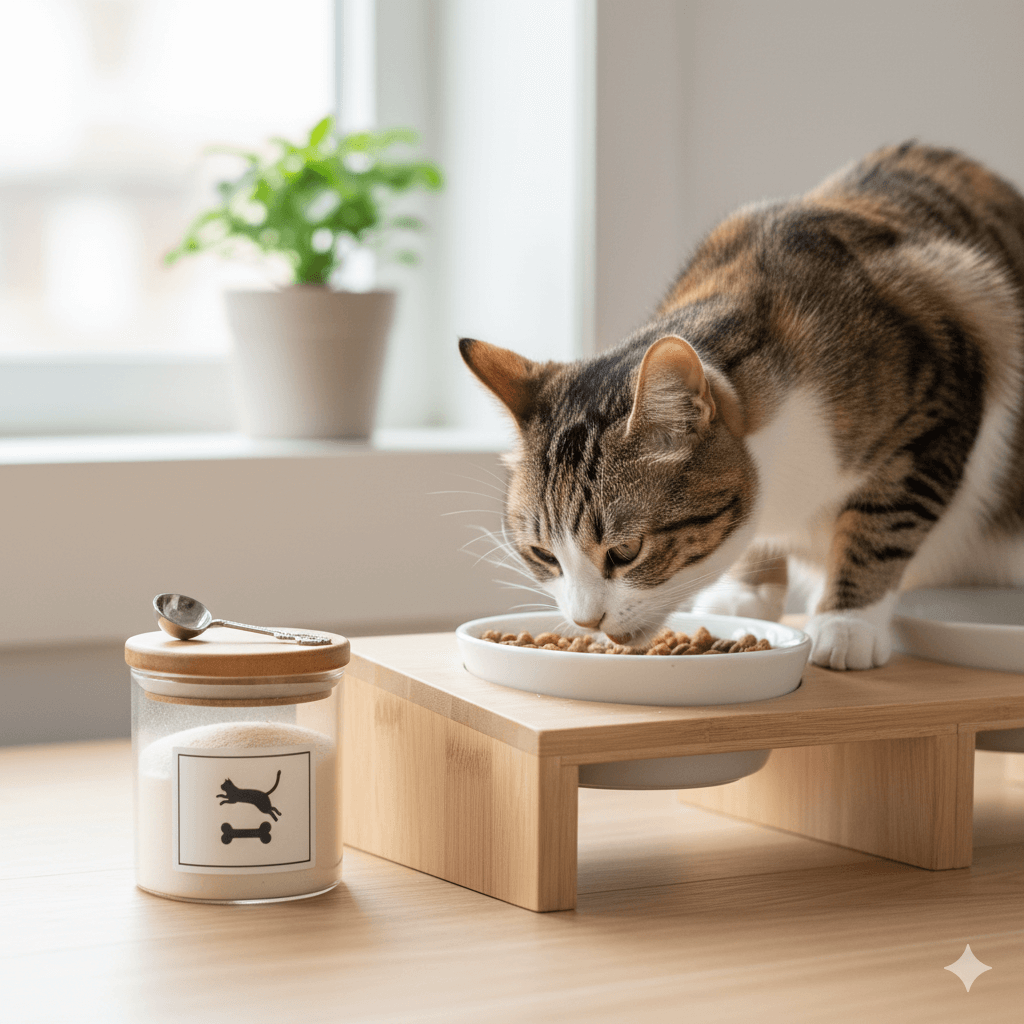How to Install a Cat Door: A Step-by-Step Guide for Pet Owners
Welcoming a cat into your home is a joyous experience, but ensuring they have the freedom to come and go as they please can be a game-changer for both you and your furry friend. Installing a cat door is a practical solution that not only enhances your pet’s independence but also reduces the hassle of constantly opening doors for them. Whether you’re a seasoned DIY enthusiast or a complete beginner, this guide will walk you through everything you need to know about installing a cat door. From choosing the right location to sealing it properly, we’ve got you covered. Let’s dive in and make your home more cat-friendly!
Choosing the Right Cat Door: Key Considerations
Before you start drilling holes in your walls or doors, it’s essential to select the right cat door for your needs. Here are some factors to consider:
Size Matters
Ensure the cat door is appropriately sized for your pet. Measure your cat’s height and width to find a door that allows comfortable passage.Material Durability
Opt for materials like sturdy plastic or metal to ensure the door withstands daily use and outdoor elements.Locking Mechanism
Look for a cat door with a secure locking system to prevent unwanted intruders from entering your home.Insulation Features
If you live in an area with extreme weather conditions, choose a cat door with weatherproof seals to maintain energy efficiency.Ease of Installation
Some cat doors come with user-friendly installation kits, making the process smoother for beginners.
By carefully considering these aspects, you can select a cat door that meets your pet’s needs while complementing your home’s structure. Remember, the right choice will save you time and effort in the long run.
Tools and Materials You’ll Need
Once you’ve chosen the perfect cat door, it’s time to gather the necessary tools and materials for installation. Having everything ready beforehand will streamline the process and prevent unnecessary interruptions. Here’s what you’ll need:
Measuring Tape
Accurate measurements are crucial to ensure the cat door fits perfectly in your chosen location.Drill and Drill Bits
A power drill is essential for cutting the hole required for the cat door. Make sure you have the appropriate drill bits for the material you’re working with.Jigsaw
For larger openings, a jigsaw can help you cut precise shapes in wooden or drywall surfaces.Screwdriver
Most cat doors come with screws for mounting. A screwdriver will help you secure the door firmly in place.Sealant or Caulk
To prevent drafts and water leaks, apply sealant around the edges of the installed cat door.
With these tools at hand, you’ll be well-prepared to tackle the installation process confidently. Proper preparation ensures a smooth and efficient workflow.
Check this guide 👉Top 3 Best Cat Window Doors for Ultimate Pet Freedom!
Check this guide 👉Top 5 Ultimate Cat Doors for Unmatched Feline Freedom!
Check this guide 👉Top 4 Best Automatic Cat Doors for Ultimate Pet Freedom!

Installation Tips | Common Mistakes to Avoid |
|---|---|
Measure twice, cut once | Choosing the wrong size |
Use a level for alignment | Skipping weatherproofing steps |
Secure the frame tightly | Ignoring locking mechanisms |
Test the door before finalizing | Rushing through the installation |
Clean the area after drilling | Forgetting to check local codes |
Step-by-Step Installation Process
Now that you have all your tools and materials ready, let’s walk through the installation process step by step. Follow these instructions carefully to ensure a successful setup:
Choose the Perfect Location
Select a spot that’s easily accessible for your cat and avoids obstructions like furniture or heavy foot traffic.Mark the Cutout Area
Use a pencil to outline where the cat door will go. Double-check the measurements to avoid errors.Cut the Opening
Carefully drill pilot holes and use a jigsaw to cut along the marked lines. Take your time to ensure precision.Attach the Frame
Secure the cat door frame using the provided screws. Ensure it’s tightly fastened to prevent movement.Test the Door
Open and close the flap several times to confirm it operates smoothly. Make adjustments if necessary.
By following these steps, you’ll have a fully functional cat door installed in no time. Patience and attention to detail are key to achieving professional results.
Maintenance Tips for Your Cat Door
Once your cat door is installed, regular maintenance will keep it functioning optimally for years to come. Here are some tips to help you care for your new addition:
Clean the Flap Regularly
Wipe down the flap with a damp cloth to remove dirt and debris that may accumulate over time.Inspect the Frame
Check the frame periodically for signs of wear or loosening screws. Tighten any loose parts immediately.Check Weather Seals
Ensure the sealant remains intact to prevent drafts and water leaks during inclement weather.Lubricate Moving Parts
Apply a small amount of silicone lubricant to hinges or locks to keep them operating smoothly.Monitor for Damage
Keep an eye out for scratches, cracks, or other damage that could compromise the door’s functionality.
Proper maintenance not only extends the lifespan of your cat door but also ensures your pet’s safety and comfort. A little effort goes a long way!
Additional Benefits of Installing a Cat Door
Installing a cat door offers more than just convenience for your pet. It can also improve various aspects of your daily life and home environment. Here are some additional benefits to consider:
Increased Independence for Your Cat
A cat door allows your feline friend to explore the outdoors or retreat indoors whenever they choose, reducing their reliance on you to open doors.Reduced Stress for Both You and Your Pet
No more interruptions during work or relaxation because your cat wants in or out. This creates a calmer atmosphere for everyone.Improved Energy Efficiency
Modern cat doors with insulation features help maintain your home’s temperature, preventing drafts and energy loss.
By installing a cat door, you’re not only enhancing your cat’s lifestyle but also creating a more harmonious living space for yourself. It’s a win-win solution!
Common Challenges During Installation
While installing a cat door is generally straightforward, there are a few challenges you might encounter along the way. Being aware of these potential issues can help you address them effectively:
Incorrect Measurements
Failing to measure accurately can result in a poorly fitting door that compromises functionality and aesthetics.Difficult Wall or Door Materials
Thick walls, metal doors, or glass surfaces may require specialized tools or professional assistance.Noise Concerns
Some cat doors can create noise when the flap opens or closes, which might disturb light sleepers or sensitive pets.Weatherproofing Issues
Poorly sealed edges can lead to drafts, water leaks, or pest intrusions, especially in extreme climates.Cat Resistance
Not all cats take to their new door immediately; some may need time and encouragement to adapt.
By anticipating these challenges, you can plan ahead and ensure a smoother installation process. Preparation is key to overcoming obstacles successfully.
Tips for Training Your Cat to Use the Door
Once your cat door is installed, training your cat to use it can take some time and patience. Here are some tips to make the process easier and more effective:
Start with Familiarization
Allow your cat to sniff and investigate the new door without pressure. Positive associations will encourage curiosity.Prop the Flap Open Initially
Keep the flap held up with tape or a small object so your cat can walk through freely at first.Use Treats as Motivation
Place treats or toys on either side of the door to entice your cat to move back and forth.Demonstrate How It Works
Gently guide your cat through the door by walking them through it yourself or using a string toy to lead them.Be Patient and Consistent
Every cat learns at their own pace. Avoid forcing them and celebrate small victories along the way.
With persistence and positive reinforcement, most cats will quickly learn to use their new door confidently. Remember, patience pays off in the end!
Frequently Asked Questions About Installing a Cat Door
Can I install a cat door in a glass door?
Yes, specialized kits are available for installing cat doors in glass surfaces. Consult a professional if you’re unsure.
How do I train my cat to use the door?
Start by propping the flap open and encouraging your cat to walk through. Gradually lower the flap as they become comfortable.
Will a cat door affect my home’s security?
Modern cat doors come with advanced locking systems to enhance security and prevent intrusions.
What should I do if my wall is too thick for a standard cat door?
Look for extended tunnel kits designed for thicker walls, or consult a contractor for custom solutions.
Can I install a cat door myself, or should I hire a professional?
While many homeowners successfully install cat doors themselves, hiring a professional is recommended for complex installations.
Final Thoughts: Enhance Your Home with a Cat Door
Installing a cat door is a rewarding project that benefits both you and your feline companion. By following this comprehensive guide, you can create a seamless transition between indoor and outdoor spaces, giving your cat the freedom they deserve. Remember to choose the right door, prepare thoroughly, and maintain it regularly to ensure long-lasting performance. With a bit of effort and patience, you’ll transform your home into a haven of convenience and comfort for your beloved pet. Enjoy the peace of mind that comes with knowing your cat can explore the world safely and independently!
Understanding Bone Supplement for Cats: Best 7 Expert Tips! – Safe, vet-approved guidance for strong feline bones & balanced nutrition.
Bone Supplement for Dogs: Best 7 Expert Tips! – Expert guide to calcium, collagen & bone health for every life stage.
Understanding Can Cats Get Sunburn: Best 7 Expert Tips! – Protect your feline from UV damage with vet-backed prevention strategies.
How to Train a Seizure Alert Dog: Best 7 Expert Tips! – Learn expert-backed steps to nurture natural instincts into reliable, life-saving seizure alerts.





